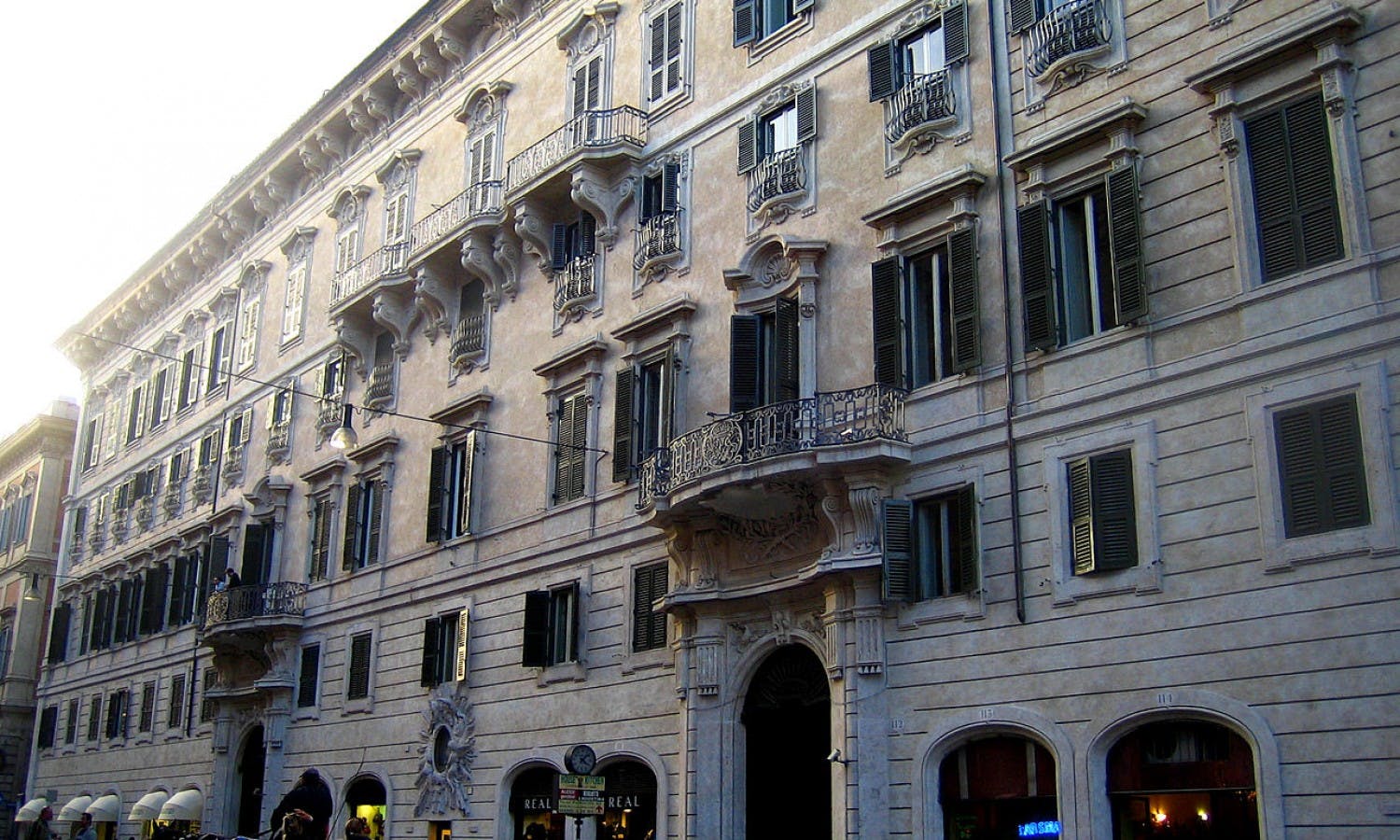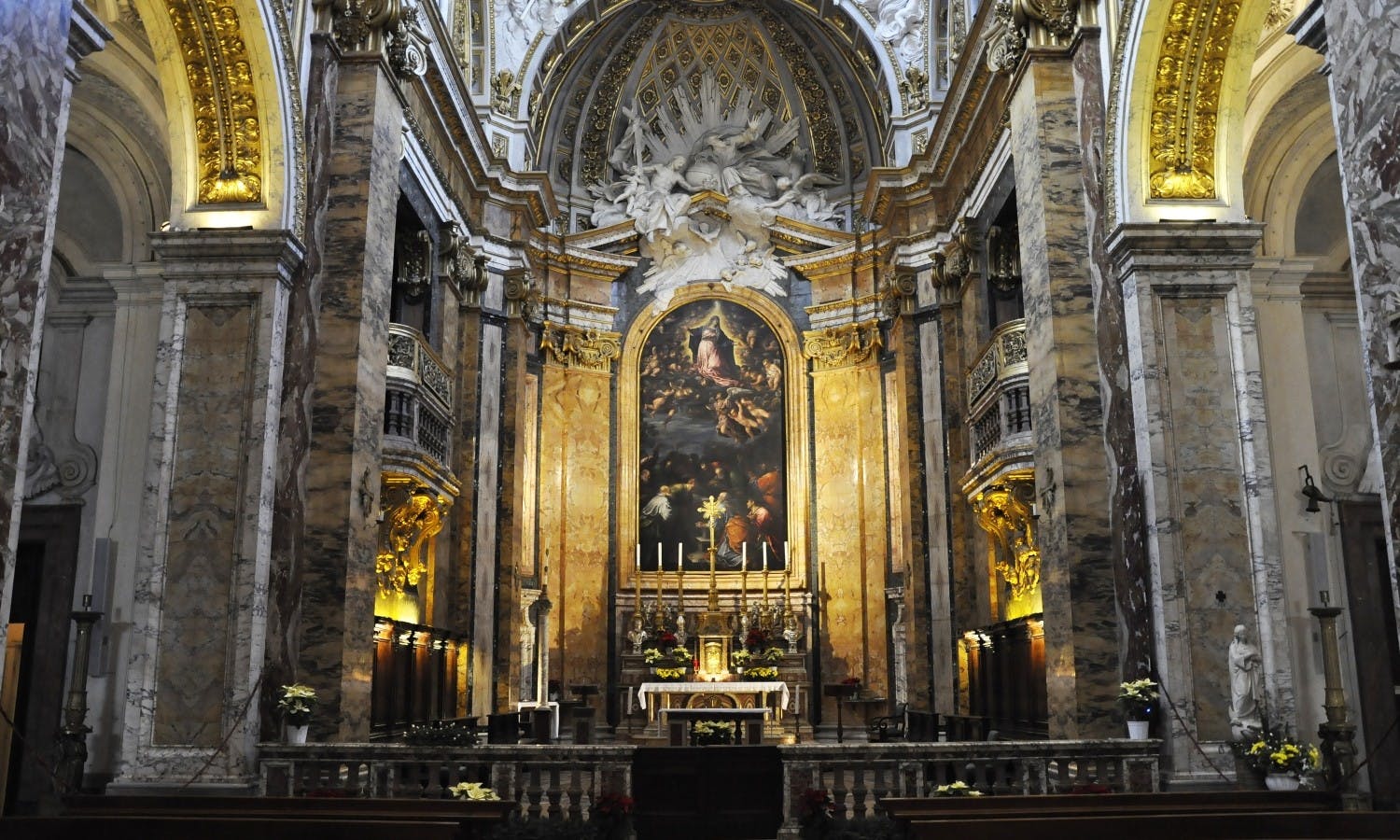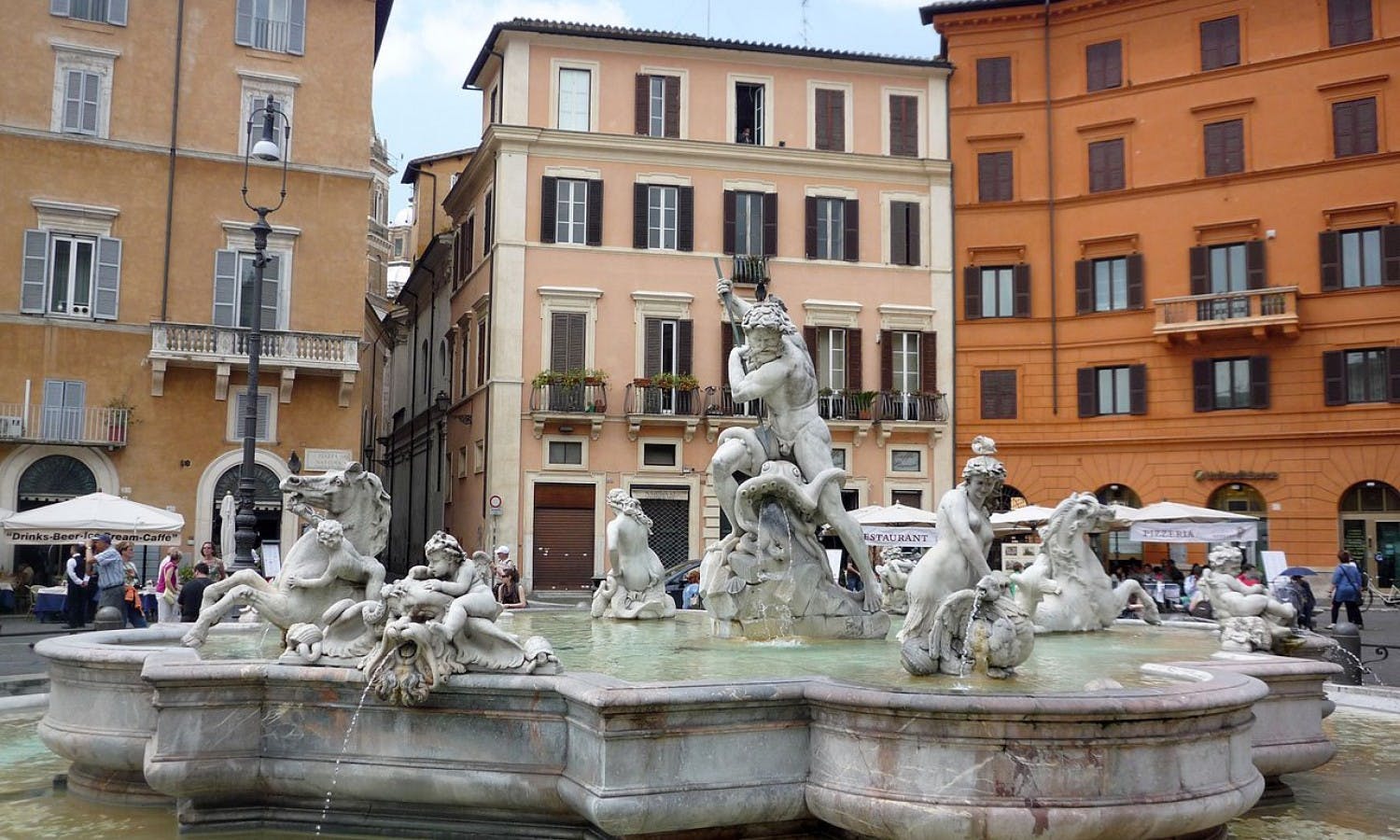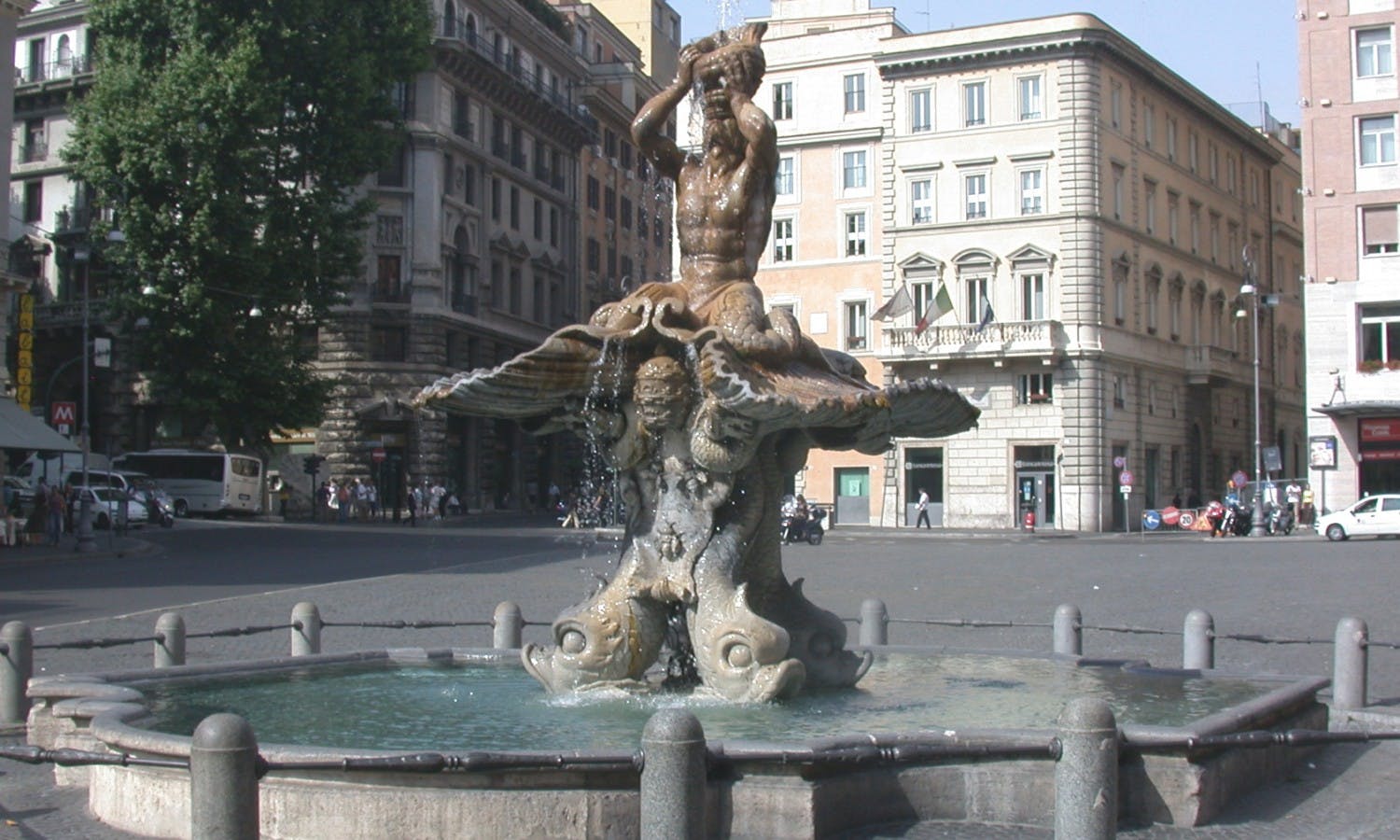The Baroque sensibility extended beyond the visual arts—art and music in Rome were incredibly intertwined. Explore the sounds of Caravaggio and Bernini!

Palazzo Doria Pamphilj
There’s no place on earth quite like the Eternal City, and no two artistic masters were more prominent in Baroque Rome than Bernini and Caravaggio. From Bernini’s stunning fountains in Rome’s most picturesque piazzas to Caravaggio’s characteristically theatrical paintings, both created some of the city’s most captivating artworks. But the Baroque sensibility extended way beyond the visual arts—art and music in Rome were intertwined. To get a better understanding of the cultural context in which Caravaggio and Bernini were working, you should get a sense of the sounds that rang through Rome over the course of the Baroque period.
Caravaggio and the Baroque

San Luigi dei Francesi
Caravaggio was known for his wild, reckless ways, but his artistic persona was larger than life. Baroque music had—and still has—a similar reputation. Critics during the period thought the music was overly ornamental, dramatic and exaggerated, much like the visual art of the era. The word “Baroque” actually comes from the Portuguese and Spanish word “barroco” or the French “baroque,” referring to a “misshapen pearl.” Though the origins of the term had negative implications, by now, of course, Baroque music’s titans such as Bach, Vivaldi and Handel are regarded as some of the greatest composers in history. Caravaggio is considered the foremost figure of Italian Baroque painting. Sit back and sample the sounds of Vivaldi’s Four Seasons, an iconic set of four violin concertos, to get an idea of the swirling sounds of the period. You may find yourself feeling the same sensation when you see Caravaggio’s paintings, which are known for their stage-like settings and violent clashes between dark and light—a phenomenon known as chiaroscuro.
Some of Caravaggio’s most representative works are in churches of central Rome. Just a stone’s throw from the Piazza Navona, one of the city’s Baroque highlights, you’ll find the church of San Luigi dei Francesi. Caravaggio’s Saint Matthew-themed masterpieces hang here. At the northernmost point of the historic center, tucked in a quiet corner of Piazza del Popolo, you can saunter into the surprisingly quiet Santa Maria del Popolo, where you’ll see Conversion on the Way to Damascus and the Crucifixion of St. Peter. Beyond these churches, whether you’re a Caravaggio “connoisseur” or a casual observer, a stop at the Doria Pamphilj Palace is an essential element on any Rome itinerary. Some Caravaggio’s most significant paintings are housed there, including The Penitent Magdalene and Flight into Egypt. You can also see additional works by Bernini, but the palace isn’t exclusively focused on the Baroque—key figures from the Renaissance, such as Titian and Raphael, are represented.
During your visit to the Doria Pamphilj Palace you’ll enjoy an outstanding performance in the breathtaking Sala del Trono (Throne Room). The concert will include many instruments of Caravaggio’s age, plenty of which can be found in the artist’s paintings.
The Best of Bernini

Piazza Navona
If you’re more of a Bernini buff, you don’t have to look too far to find some of the sculptor’s most impressive pieces. In addition to marveling at his works housed in the Doria Pamphilj Palace, you can meander down to Piazza Navona to admire his Fountain of Four Rivers. It stands prominently in front of Sant’Agnese in Agone, a seventeenth century church, considered a definitive example of Baroque architecture.

Triton Fountain Piazza Barberini
Beyond Piazza Navona and Sant’Agnese in Agone, it’s worth wandering up to Piazza Barberini, where you can see Bernini’s Triton Fountain, which depicts a major moment from Ovid’s Metamorphoses. Across the Tiber River in Saint Peter’s Square, you can’t miss the extravagant Baroque façade of the basilica, but don’t overlook Bernini’s fountain in the heart of the piazza.
